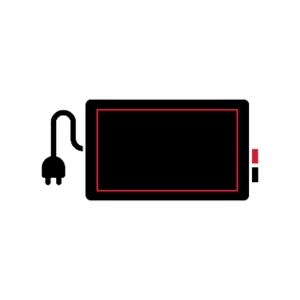This glossary contains the most common, useful and meaningful technical terminology related to lead acid batteries. For a list of the most frequently asked questions about lead acid batteries, you can visit our FAQ page. If you need help defining a term that is not found below, or if you have any further questions, feel free to contact us at support@canbat.com.
Ampere-Hours
The amount of energy charge in a battery that will allow one ampere of current to flow for one hour. Abbreviated as Ah.
Anode
The positively charged electrode by which the electrons leave an electrical device. The negative electrode is the anode on discharge.
Battery
A container consisting of one or more cells, in which chemical energy is converted into electricity and used as a source of power.
Battery Case
Battery box or enclosure which contains cells, connectors, and associated hardware. The body of Canbat batteries are manufactured using ABS.
C
Used to signify a charge or discharge rate equal to the capacity of a battery divided by one hour. Thus C for a 1600 mAh battery would be 1.6 A
Capacity
Amount of charge available from a battery or cell. Measured in ampere-hours. There are various sub definitions of capacity as listed below,
Actual Capacity
Cell capacity of a fully formed and fully charged cell when measured under non-standard conditions.
Available Capacity
Capacity of a fully formed and fully charged cell delivered under non-standard conditions including non-standard end of discharge voltage.
Nominal Capacity
Capacity typically delivered under standard conditions; a value greater than rated capacity which is a minimum value.
Rated Capacity
Capacity value in the data sheet. The minimum expected capacity when a new, but fully formed, cell is measured under standard conditions.
Cell
The basic building block of a battery. Electrochemical unit, composed of positive and negative electrodes, separator, and electrolyte.
Cell Reversal
It’s the act of reversing the polarity of terminals of a cell in a multi-cell battery due to over discharging.
Charge
The conversion of electrical energy to chemical energy; the process which restores electrical energy to a cell or battery.
Charge Acceptance
Willingness of a battery or cell to accept change. May be affected by cell temperature, charge rate and state of charge.
Charge Efficiency
Value obtained when the increase in dischargeable capacity of the battery is divided by the current input.
Discharge
The process of releasing or neutralizing the electric charge, or drawing current from a battery.
Deep Discharge
The discharge of a cell or battery to between 80% and 100% of rated capacity.
Self Discharge
The loss of capacity while battery is stored or while the battery is not in use.
Self Discharge Rate
The percentage of capacity lost on open circuit over a specified period of time.
High Rate Discharge
A very rapid discharge of the battery. Normally in multiples of C (the rating of the battery expressed in amperes).
Energy Density
Ratio of battery energy to the volume or weight expressed in watt-hours per cubic inch or pound.










